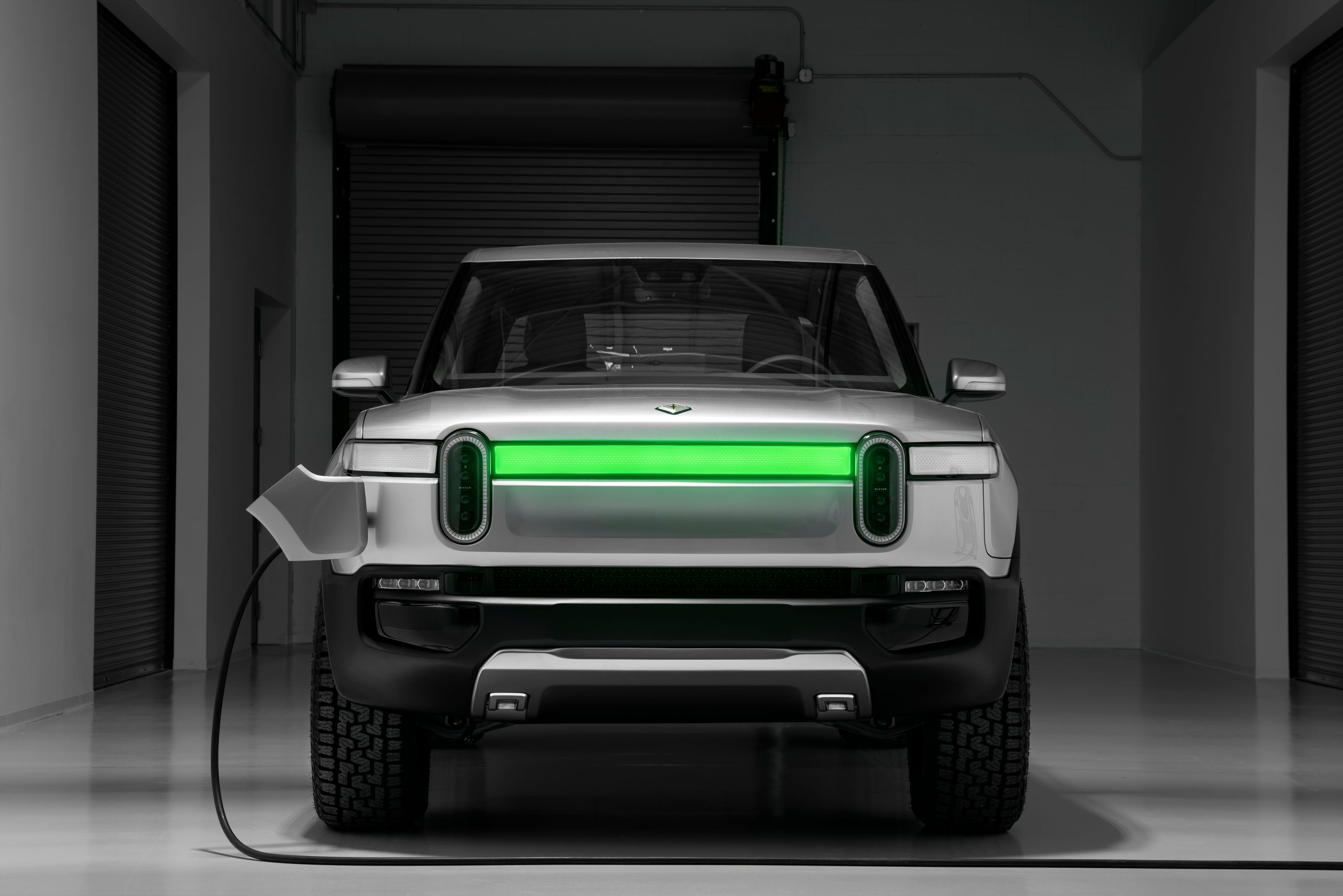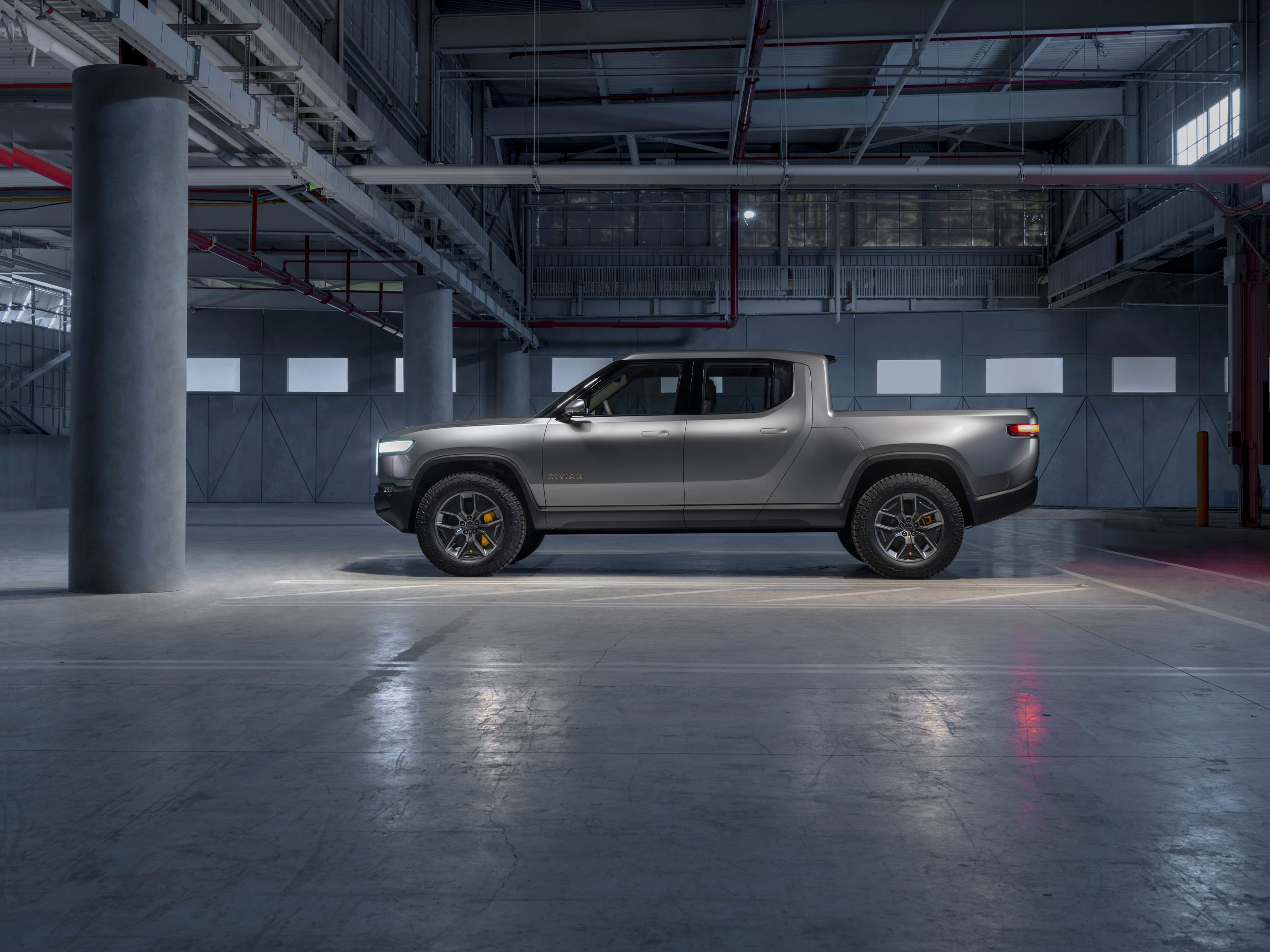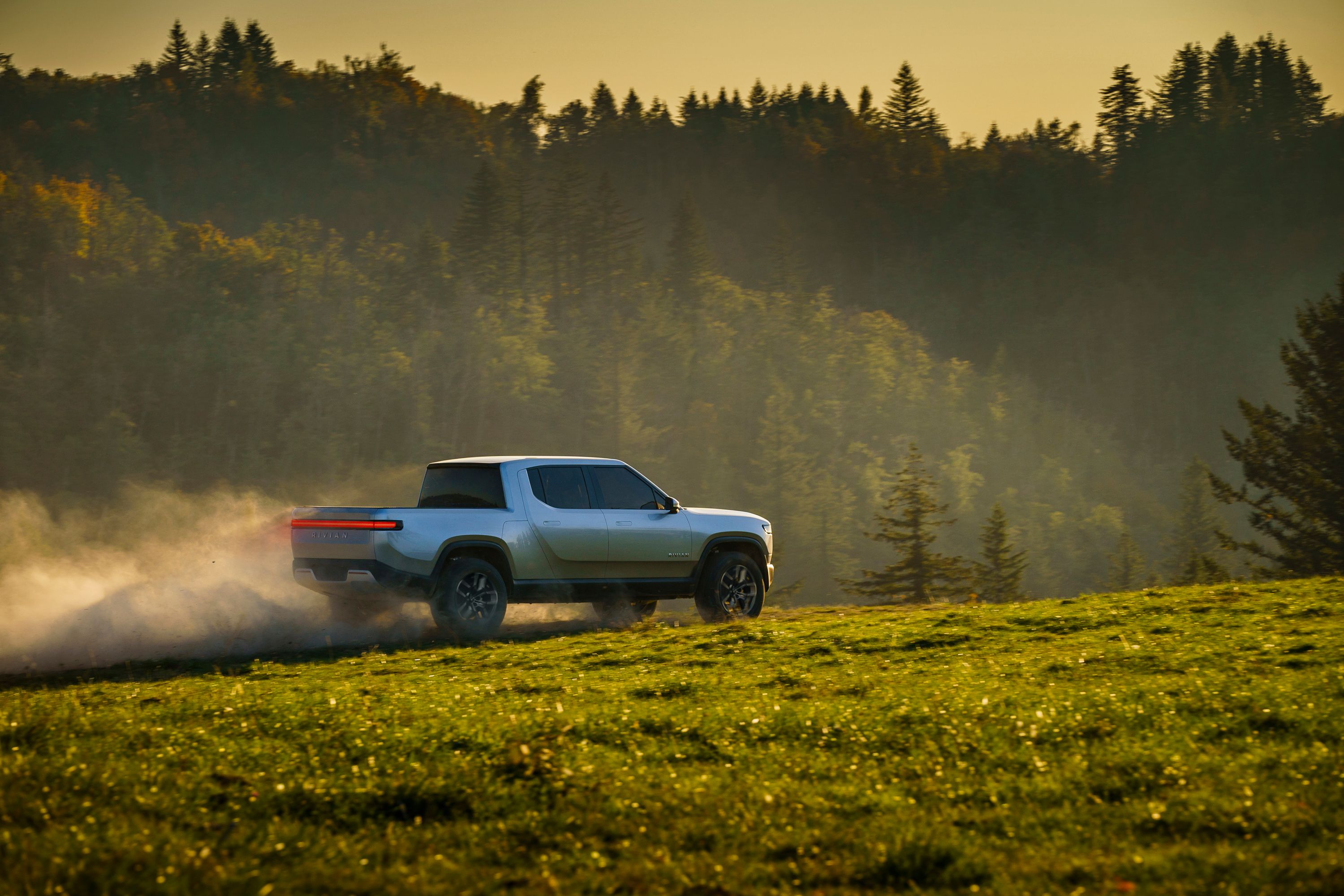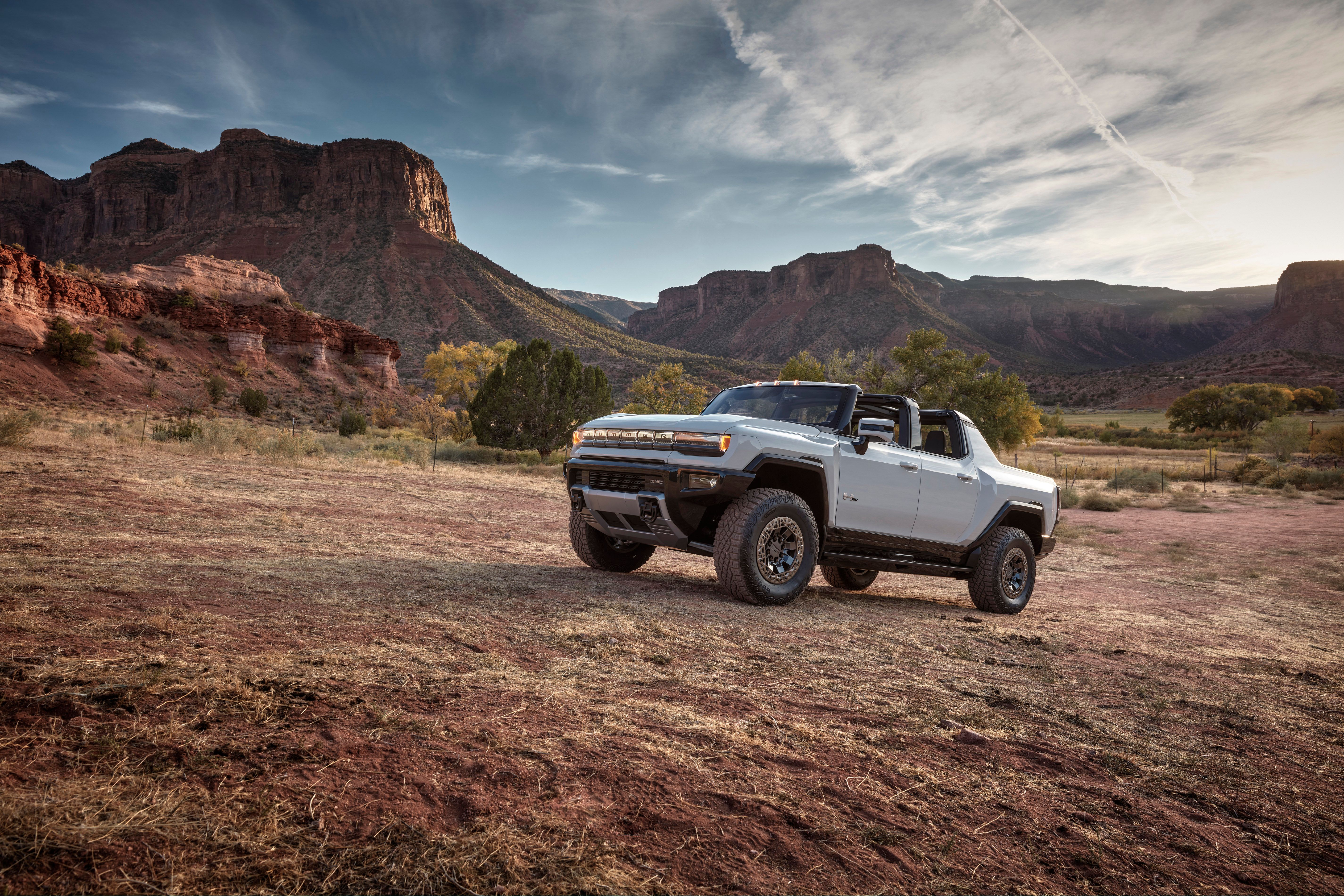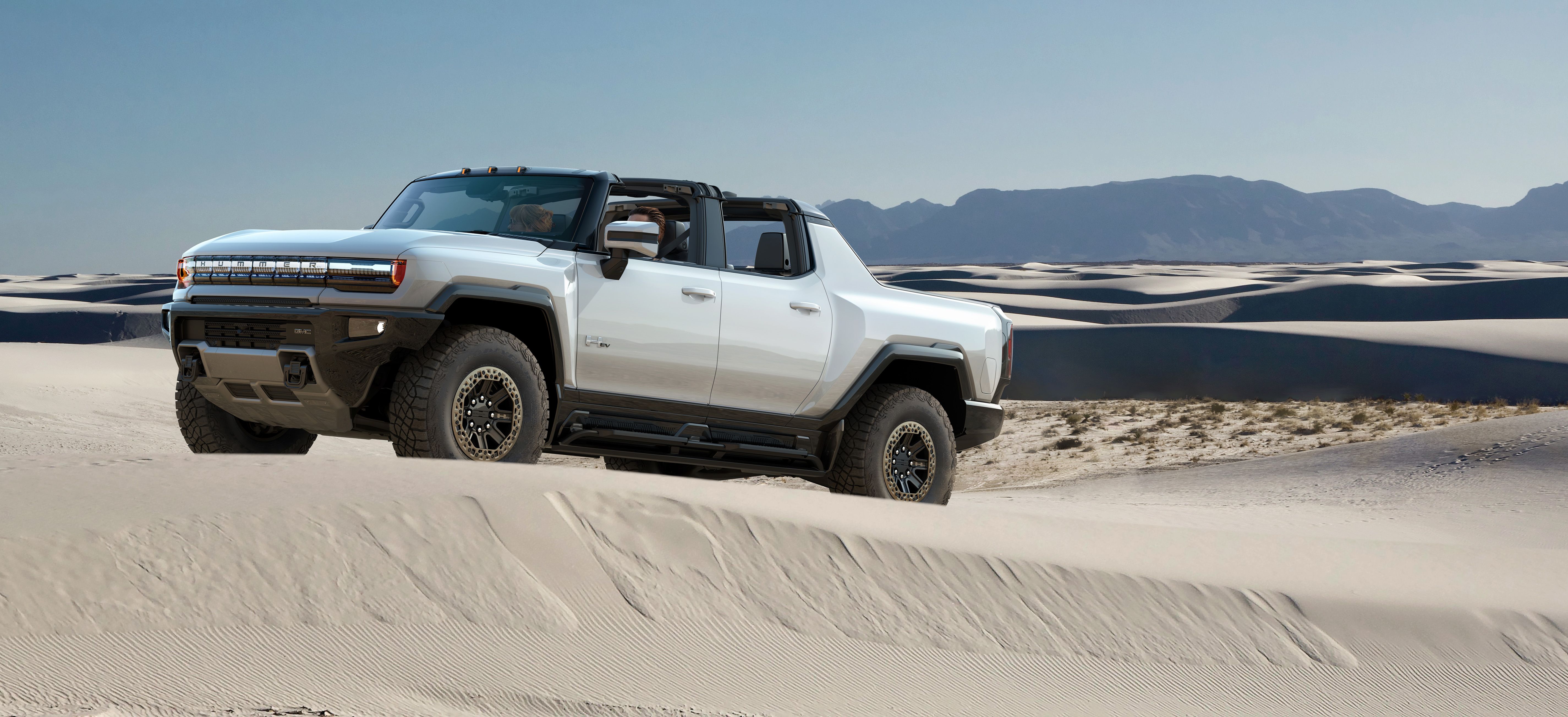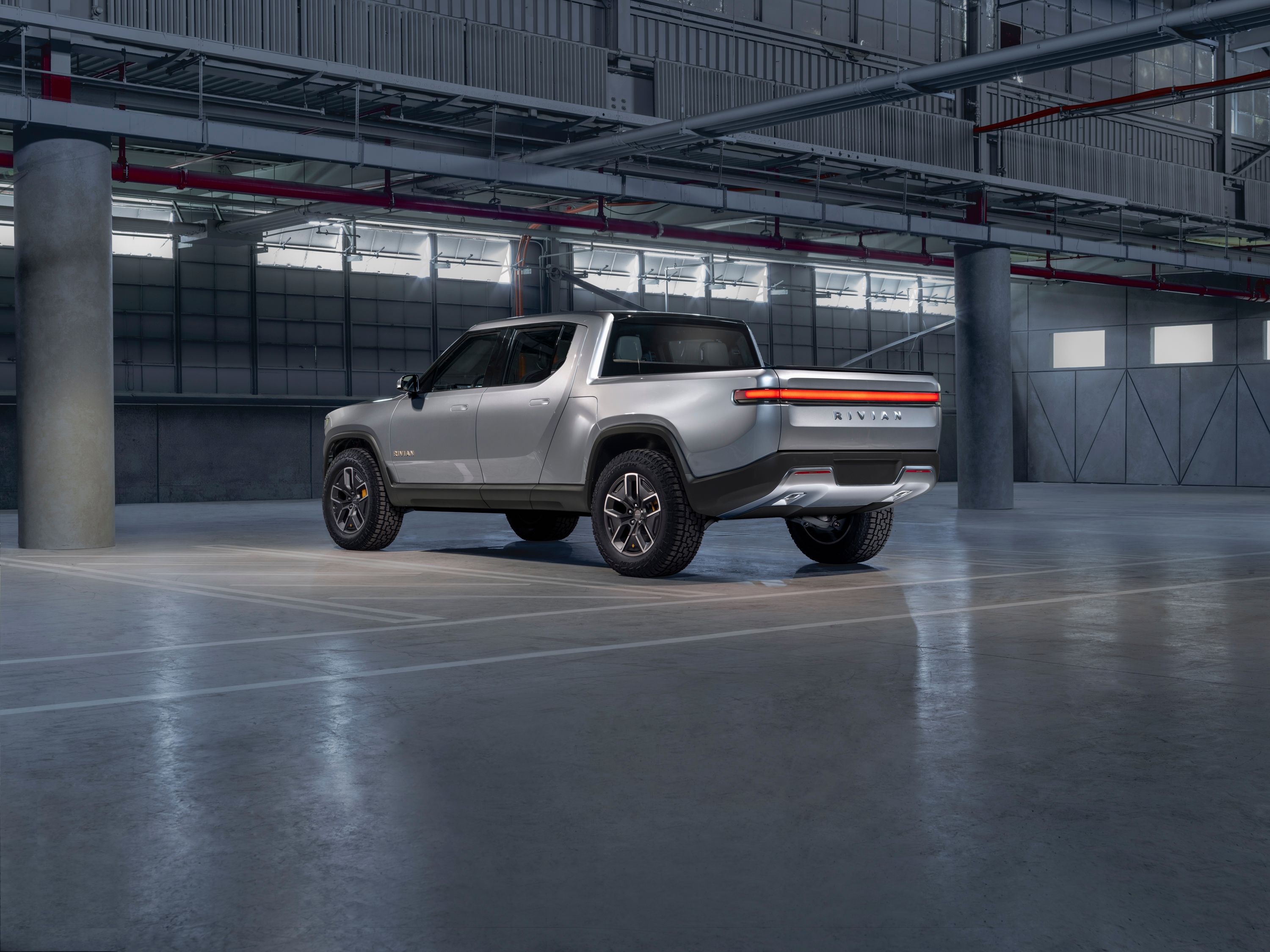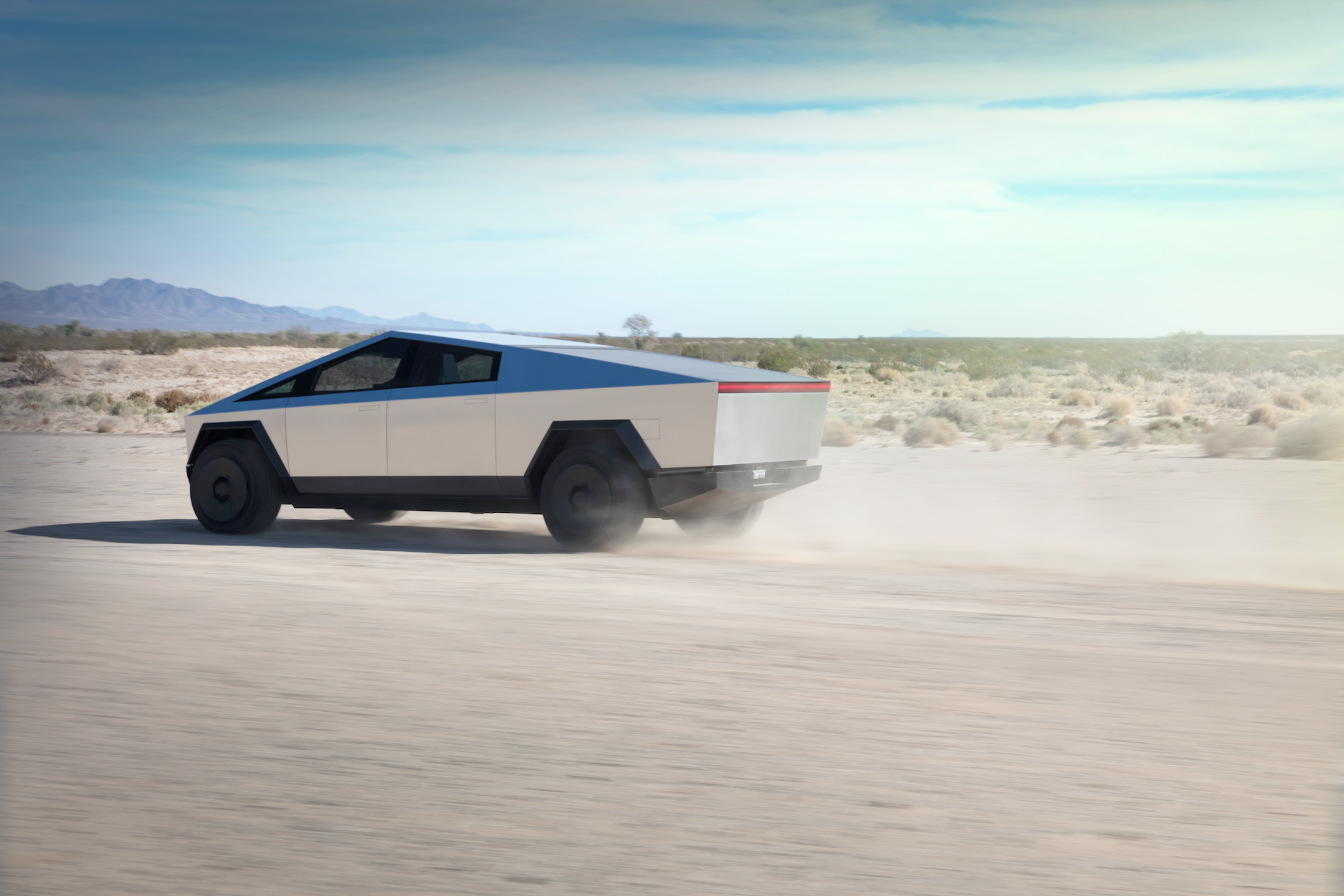Electric pickup trucks are all the rage right now. They are heavy on tech features, look futuristic, are quick enough to put supercars to shame, and come with power figures that will leave your jaws dropped. But in the midst of all this, we’ve lost sight of what matters the most – can it be used as a capable work truck? Yes, automakers have announced impressive towing capacities and whatnot, but are they worthy enough to replace your fuel-powered ‘work’ truck today?
Pickup Trucks Are The Backbone Of The Industry
I’m going out on a limb here and saying that a pickup truck is the most important type of vehicle on sale today, be it for the automakers, the consumers, or even the economy.
When you talk about electric pickup trucks today, the first few names that come to mind are the Tesla Cybertruck, the GMC Hummer EV, and Rivian R1T. Details about the electric F-150, which will be called Lightning, by the way, and Silverado electric trucks are still sparse. The Cybertruck, Hummer EV, and the Rivian R1T are all about their looks, the range they offer, or the performance specs. These trucks take just three seconds, or in the whereabouts, to sprint to 60 mph from a standstill. But, how often will you do these adrenaline-filled sprints in your ownership? Or, will an owner using it as a work truck ever drive it like this?
There will be some of you who will counter saying these aren’t your typical work trucks and won’t be marketed as work trucks either. Fair enough. But which one is then? The whole world is moving towards electrification and we already have like-for-like electric alternatives in almost all the auto segments today except for pickup trucks.
There are a lot of powerful fuel-powered trucks on sale even today, but the biggest consumer of a pickup truck is still someone who uses it for commercial use more than domestic or personal use. Ford has also said that its best-selling F-150 trim is the XLT, which is second from the bottom and starts at $35,000. It sells well because this trim is more utilitarian than luxurious and handles abuse well. Note that I’ll be using the Ford F-150 XLT as a comparison tool throughout this article.
The only exception I see today is the Bollinger B2.
Are Automakers Losing Their Focus Here?
Range
Work truck owners take their trucks to remote places often. We even know folks who do 100s of miles one side to get to their destination and then come back the same night, and do this every single day. The F-150 XLT delivers 19 mpg combined in its worst form and comes with a 23- or a 26-gallon fuel tank. Even with the smaller tank, you get a range of around 440 miles. The cheapest $40,000 Tesla Cybertruck, on the other hand, gives you a range of around 250 miles.
How Will You Charge It?
What if your worksite is in a remote place that’s hundreds of miles away from the city? Not all worksites have a provision to charge EVs. The regular plug points will allow trickle charging at best. And there’s no guarantee you’ll find public charging stations on your work route. Even if you do, how long will it take to charge? For emergencies, you can carry around a jerry can of fuel, but what will you do with EVs? Portable chargers aren’t a feasible solution either.
Towing Capacity
You will tow and haul stuff on your work truck and EVs are not cut out for it yet. The Cybertruck, in its best form, can tow up to 14,000 pounds, which is the same as the F-150 XLT. The payload capacities are also similar, with the Cybertruck rated to haul up to 3,500 pounds and the F-150 XLT up to 3,325 pounds.
The catch here, however, is how it affects the range. A study by Audi last year showed that the range falls to almost 50-percent when towing. So, a 250-mile range could effectively fall to less than 125 miles, which will be the case more often than not.
Electric Trucks Are Not Your Typical Body-On-Frames
This is perhaps the most important point of them all. Even if you somehow believe you can encounter all the above-mentioned problems in your long-term ownership, then let’s talk about the frame and structure. Most of the electric trucks make use of unit constructions, whereas, fuel-powered trucks are predominantly body-on-frame structures, except for a few trucks like the Honda Ridgeline. There are a lot of advantages to body-on-frame constructions. You don’t have to spend a bomb to make changes to the box or cab structures. For the automaker, it allows them to build various body styles and wheelbase configurations. It even also allows similar cab structures to be used between Class I, II, and III trucks.
Rivian’s Skateboard platform seems conventional but is a lot more complex. It seems to be hydroformed. The Cybertruck and its unibody skeleton is, by far, the most complex structure we’ve seen. In conventional trucks, the chassis carries all the forces of the body. However, that’s not the case with the Cybertruck. This Tesla truck features a unibody layout, also known as an exoskeleton, wherein all the stress is moved from the frame to the outer skin of the vehicle. It is based on the same concept as the bridges, which also explains why the Cybertruck looks the way it does. The unibody layout helps distribute the force across in a rather linear and even manner, but that can’t work at the rear where the extra load of the bed is carried. And, repairs to the cab or the box? Lol, what cab?
Is There Any Electric Truck That Sorts This Issue Out?
Well, if you want a pure electric work truck, the Bollinger should be your pick. The only “real” electric work truck that we see potential in at the moment is the Bollinger B2. It is underpinned by the automaker’s “E-Chassis”, which is the first electric Class 3 platform in the world that’s built from the ground up. You can purchase the E-Chassis and choose the body style, size based on your needs. It comes with complete power system controls that configurable to a given vehicle application. It supports various battery sizes, various drive configurations, capabilities, etc.
For now, the maximum payload capacity is set at 5,000 pounds, but that’s impressive. It even supports independent front and rear suspension and self-leveling suspension. These are some features that set it apart from the rest of the electric trucks on sale and that is why the Bollinger products are the best ones for a work truck application. Mind you, this pertains specifically to the flexibility on offer but doesn’t really solve the range issue (or the price issue.)
The only problem is it doesn’t come cheap. According to the automaker, the Chass-E Cab will start at $70,000 in rear-wheel-drive layout and $100,000 for the all-wheel-drive configuration. Chass-E without cabs will cost $55,000 and $80,000 for the rear-wheel drive and all-wheel drive layouts, respectively. If you’re looking for a ‘dually’ option, which is essentially dual-real wheels, then you’ll have to shell out an extra $2,500.
The Lordstown Endurance is appearing to be another conventional truck. The truck will incorporate in-wheel hub motors, which sets it apart from the other electric trucks. To put it simply, it means the frame used will be quite conventional, making use of tubular cross-members and will be fully boxed too. This will also bring down the cost of development to a large extent and should also be able to accommodate a variety of wheelbases without incurring many additional costs.
All-in-all, no matter how impressive the specs of these electric trucks sound, there is a long way to go before they can be as utilitarian or useful as conventional trucks if you tend to use them for work and commercial purposes.

